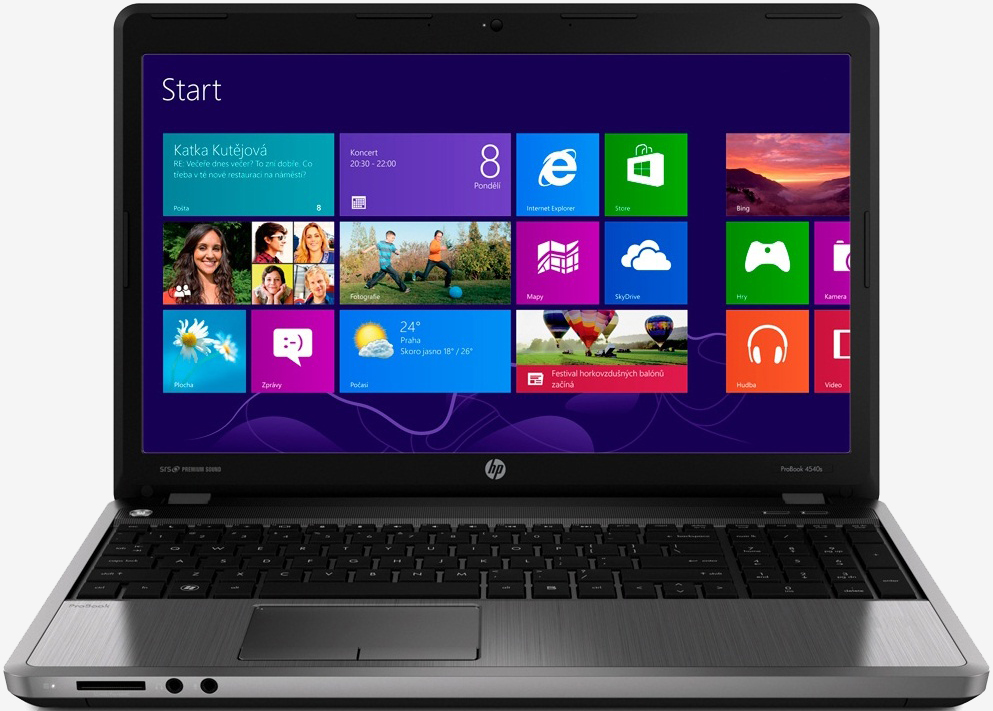Anyone that's gone out of their way to download and install Windows Updates during the past decade (which pretty much includes anyone that regularly reads publications like TechSpot) has probably noticed that Microsoft's Windows drivers all carry the same, outdated timestamp of June 21, 2006.
Have you ever stopped to consider why that is? Is it a simple oversight on Microsoft's part? Pure laziness? Turns out, there's more to it than you might think (and yes, it's intentional).
As Microsoft developer Zac explains on Reddit, drivers for third-party hardware like a video card or sound card are best when supplied by the manufacturer. That means, you'll want to get your GPU driver from AMD or Nvidia rather than Microsoft's "generic" driver (but you still want Microsoft's as a fallback if you don't have proper drivers, say, when building a new PC).
When PNP ranks drivers, it first looks at the hardware ID that the driver matches. If any two drivers match identical hardware, Zac notes, the first tiebreaker is the date of the driver. By dating its drivers June 21, 2006 (the Windows Vista Release to Manufacturing (RTM) date), Microsoft is ensuring its drivers are never picked first ahead of newer drivers from OEMs.
Microsoft employee Raymond Chen corroborates Zac's explanation, adding that it does look a bit funny but it all works out in the end.
